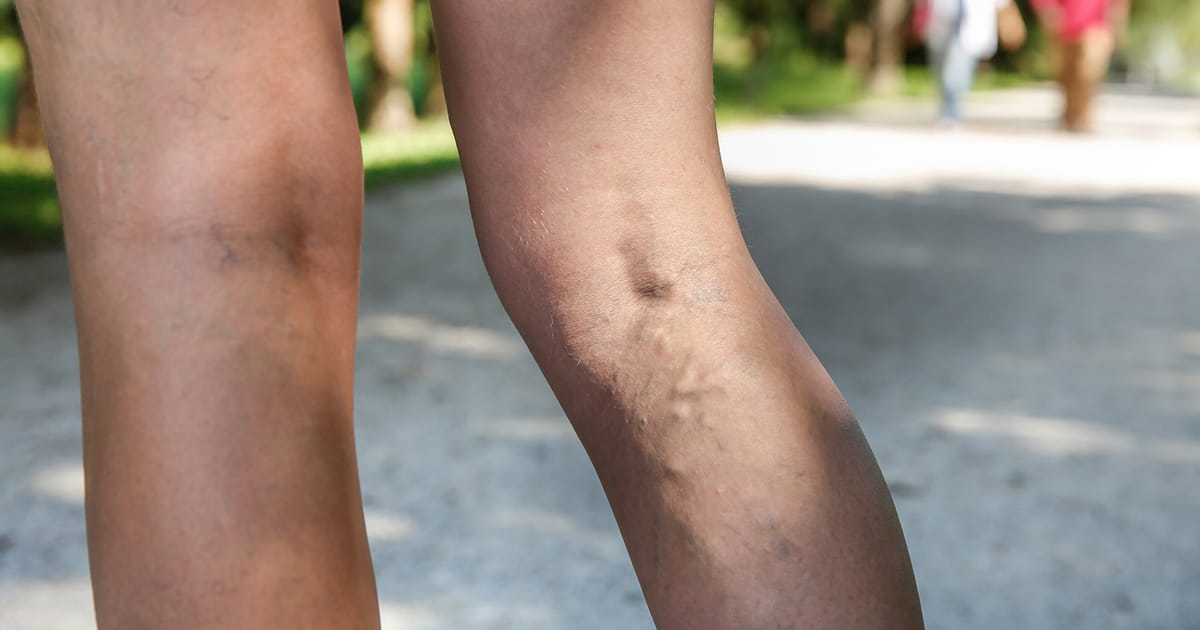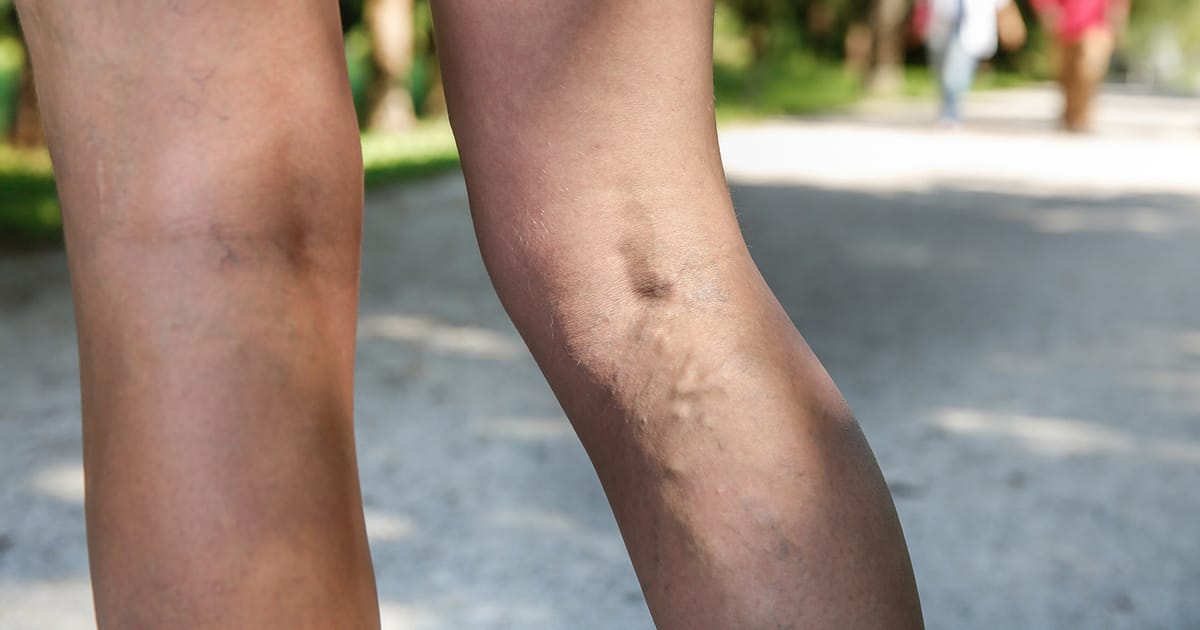When your veins become swollen, dilated, and overfilled with blood, varicose veins, also known as varicosities, develop. Varicose veins are swollen, elevated veins that are bluish-purple or red in appearance. They are frequently excruciating.
The illness is extremely frequent, particularly among women. Varicose veins affect about a quarter of all individuals. Varicose veins most commonly develop in the lower legs.
Causes
Veins that aren’t working properly cause varicose veins. Blood cannot travel backward through veins because of one-way valves. When these valves fail, blood collects in the veins instead of flowing into the heart. The veins widen as a result. Legs are frequently affected by varicose veins. Because those veins are the furthest from your heart, gravity makes it difficult for blood to move upward.
Varicose veins can be caused by a variety of factors, including:
- family history of varicose veins
- pregnancy
- age over 50
- menopause
- obesity
- Standing or sitting for long periods of time
Symptoms
Varicose veins are characterized by very visible, malformed veins that commonly appear on the legs. Over or around the enlarged veins, you may experience pain, swelling, heaviness, and achiness.
Swelling and discoloration may occur in some circumstances. Veins can bleed profusely and ulcers can occur in extreme situations.
Diagnosis
To diagnose varicose veins, your doctor will likely inspect your legs and visible veins while you’re seated or standing. They might inquire about any discomfort or symptoms you’re experiencing.
An ultrasound may be used by your doctor to check your blood flow. High-frequency sound waves are used in this noninvasive diagnostic. It enables your doctor to examine the flow of blood in your veins.
A venogram may be performed to further analyze your veins, depending on the location. Your doctor will inject a special dye into your legs and take X-rays of the area during this exam. The dye appears on X-rays, allowing your doctor to see how your blood is flowing more clearly.
Ultrasounds and venograms are used to make sure that the pain and swelling in your legs aren’t caused by something else, such as a blood clot or a blockage.
Treatment and Prevention
When it comes to treating varicose veins, doctors are often conservative. Instead of trying more aggressive therapies, you’ll generally be recommended to adopt lifestyle adjustments.
Lifestyle changes
Varicose veins can be prevented or improved by making the following changes:
- Avoid standing for long periods of time.
- Maintain a healthy weight or lose weight.
- Improve your circulation by exercising.
- Try compression socks or stockings.
If you already have varicose veins, you should take these precautions to avoid developing new ones. When you’re relaxing or sleeping, you should also raise your legs.
Compression
Wearing special compression socks or stockings may be recommended by your doctor. These apply sufficient pressure to your legs to allow blood to flow more freely to your heart. They also aid in the reduction of edema.
Compression stockings come in a variety of levels of compression, but the majority of them may be found in drugstores or medical supply stores.
Surgical Intervention
If lifestyle modifications don’t work, or if your varicose veins are giving you pain or compromising your general health, your doctor may recommend an invasive operation.
Anesthesia is required for vein ligation and stripping, which is a surgical procedure. Your surgeon will make incisions in your skin, cut the varicose vein, and remove it through the incisions. Although revised vein-stripping operations have been developed, they are less routinely performed due to the availability of newer, less invasive alternatives.
Other treatments
Varicose veins can now be treated with a wide range of minimally invasive procedures. These are some of them:
- Sclerotherapy. This is a procedure in which doctors use a liquid or foam chemical injection to block off a larger vein.
- Microsclerotherapy involves using a liquid chemical injection to block off smaller veins
- laser surgery, using light energy to block off a vein.
- Endovenous ablation therapy – a procedure in which specialists use heat and radiofrequency waves to block off a vein.
- Endoscopic vein surgery. Doctors use a small lighted scope inserted through a small incision to block off a vein.
You need to talk to a vein doctor about your treatment and possible risks before choosing an option. A specialist will choose the best one depending on your symptoms, location, and size of the varicose vein.

